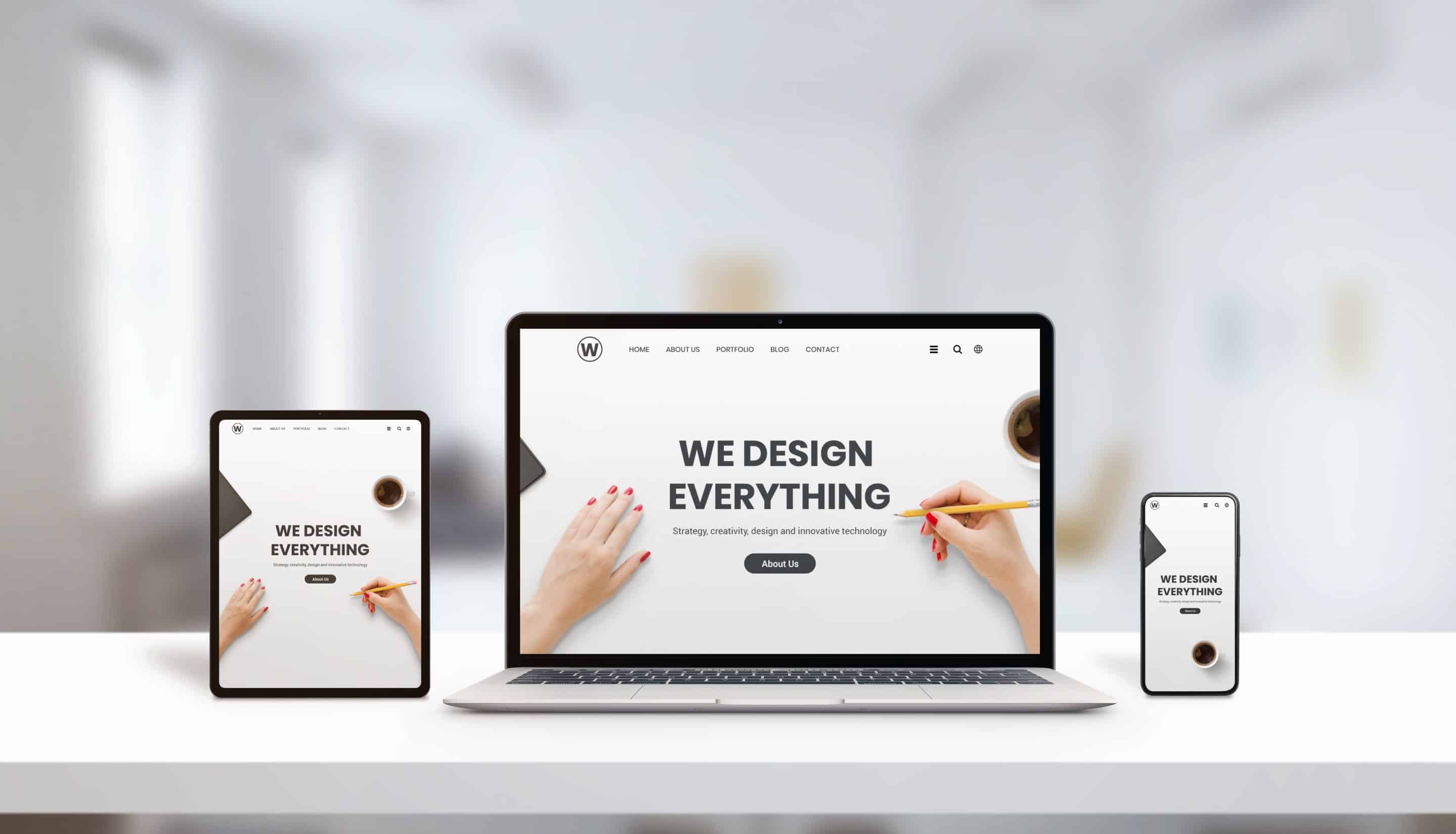A website serves as the foundation of any successful business in the modern digital age. Making a good impression on visitors to your website is crucial because it frequently serves as potential consumers' initial introduction to your company. Concentrating on user experience is one of the keys to developing a great website. An emphasis on user-friendliness in design concepts can have a huge impact on how users perceive your website. The following are five design guidelines to follow while developing a user-friendly website.
Simplicity is Key
Simplicity is essential in website design. Users find it more challenging to navigate websites that are more complicated. A simple, clear design is better at directing website visitors and assisting them in finding what they're looking for. Limit the use of complex text, color schemes, and graphics in the design. Go for a minimalist design and adhere to the maxim “less is more” as a general guideline.
Use Hierarchy and Visual Cues
Users can traverse your website more easily with the aid of hierarchy and visual clues. The most significant information on a page, such as headlines or calls to action, should be clear to users. Size, color, and element placement can all be used to construct hierarchy on a page. Graphic cues like arrows or symbols can help people navigate your website and point them in the direction of crucial content.
Make it mobile-friendly
In today's mobile-first world, having a mobile-friendly website is crucial. With more and more users accessing websites on their mobile devices, it's essential to make sure your website is optimized for smaller screens. A mobile-friendly website will adapt to the size of the screen it's being viewed on, making it easier for users to navigate and read.
Keep load times in mind
The speed at which your website loads is a critical factor in user experience. Slow load times can lead to frustration and ultimately cause users to leave your website. To ensure fast load times, keep images and graphics to a minimum, compress large files, and use a content delivery network (CDN) to speed up the delivery of your website's content.
Test and iterate
Designing a user-friendly website is an ongoing process. It's essential to test and iterate your website regularly to make sure it's meeting the needs of your users. Use website analytics to track user behavior and identify areas of your website that could be improved. A/B testing can also be helpful in determining what design elements work best for your audience.
Examples of user-friendly website design can be found in a variety of industries. Apple's website is a prime example of a simple, easy-to-navigate design that prioritizes visual cues and hierarchy. Airbnb's website uses a minimalist design that makes it easy for users to search for and book accommodations. Slack's website is mobile-friendly and uses hierarchy to make important information stand out.
In conclusion, creating a user-friendly website is essential for the success of any business. By focusing on simplicity, hierarchy, mobile-friendliness, load times, and testing and iteration, you can create a website that delivers a positive user experience. By following these design principles, you can create a website that not only looks great but also meets the needs of your users.





































0 Comments